The Shawshank Redemption is often seen as a story about friendship and hope, but its deeper theme is perhaps faith. This story parallels the biblical story of Job, where God and the Devil make a bet on Job’s faith, testing whether his grace arises solely from the blessings God has provided or remains intact even when he is stripped of everything.
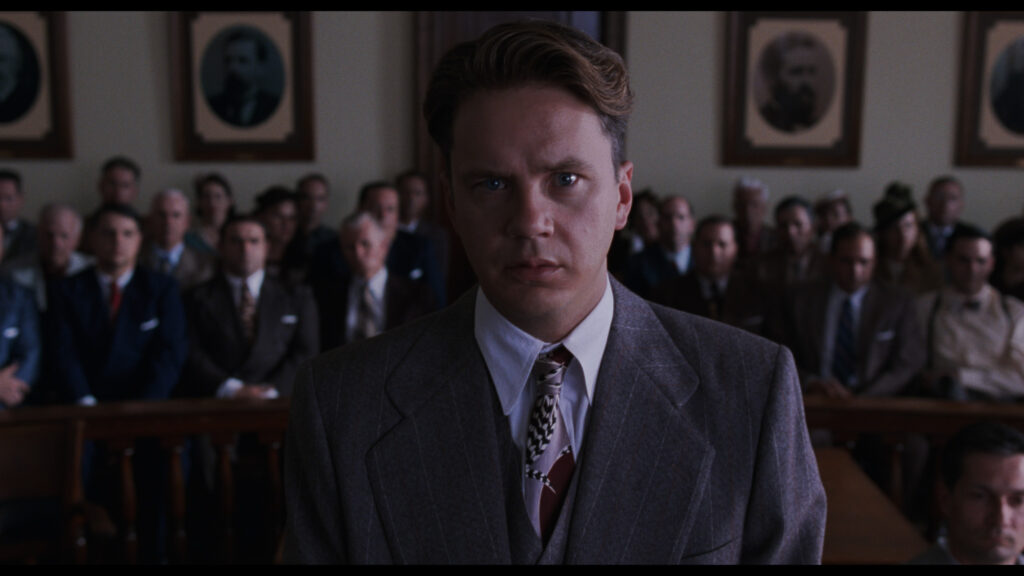
Similarly, Andy Dufresne, despite being betrayed, wrongly accused, imprisoned, beaten, enslaved and mistreated, retains his integrity and moral compass—even when the worst possible tragedy happens as he is indirectly responsible fort he death of an innocent man, symbolically representing his own son, Tommy.
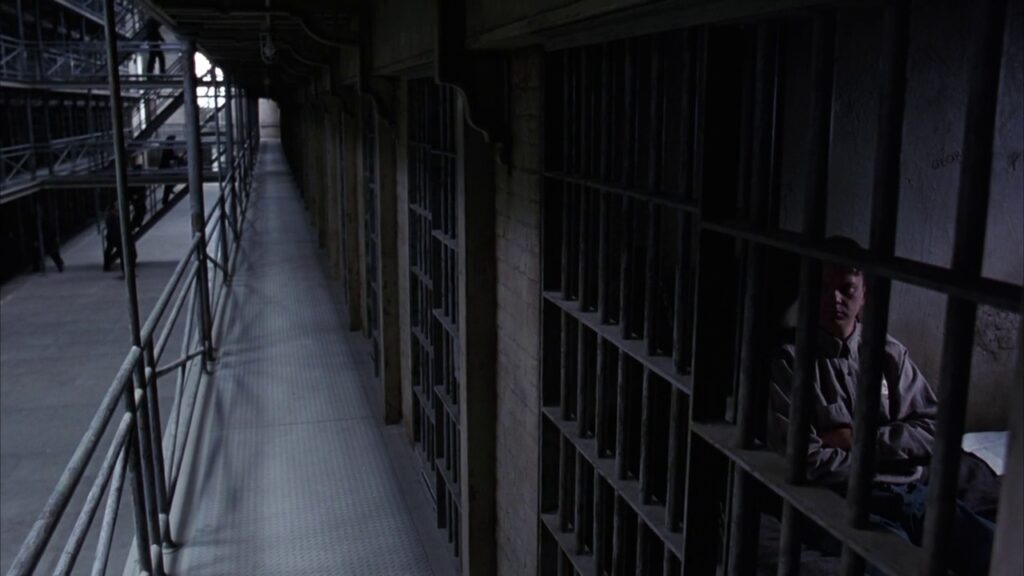
The movie suggests that there is no distinction between God and morality, just as there is no difference between faith and hope. In the movie, hope is represented as something personal that cannot be reached or touched—an intrinsic part of us that no one can take away.
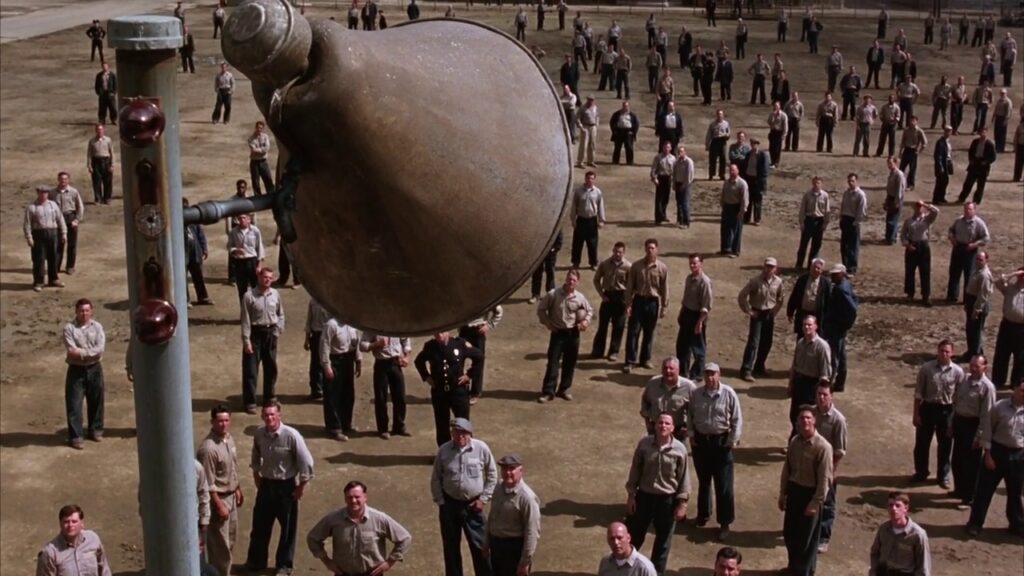
Andy’s experience with music, and how it touches him, symbolizes the universal nature of beauty, meaning, and morality. These emotions, much like a moral compass, are inherent within us and hold meaning not only for Andy but for all human beings, even within the confines of a prison. In fact, this is the place where it holds the deepest meaning.
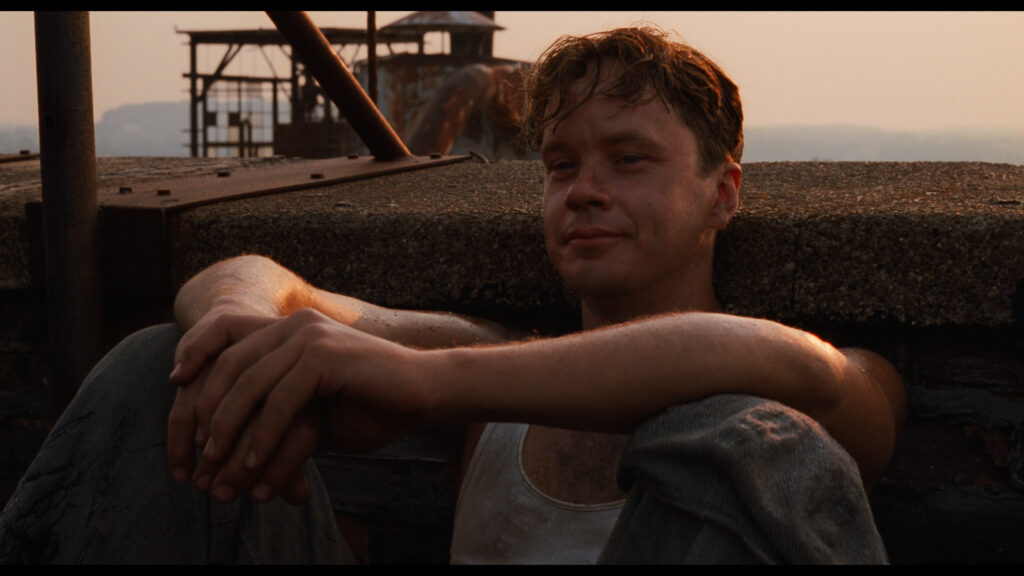
When Andy risks his life to secure beers for his friends, it’s more than a kind gesture—it’s his way of reclaiming his humanity and decency. He is battling cynicism, seeking to restore his faith in humanity through acts of kindness and selflessness.
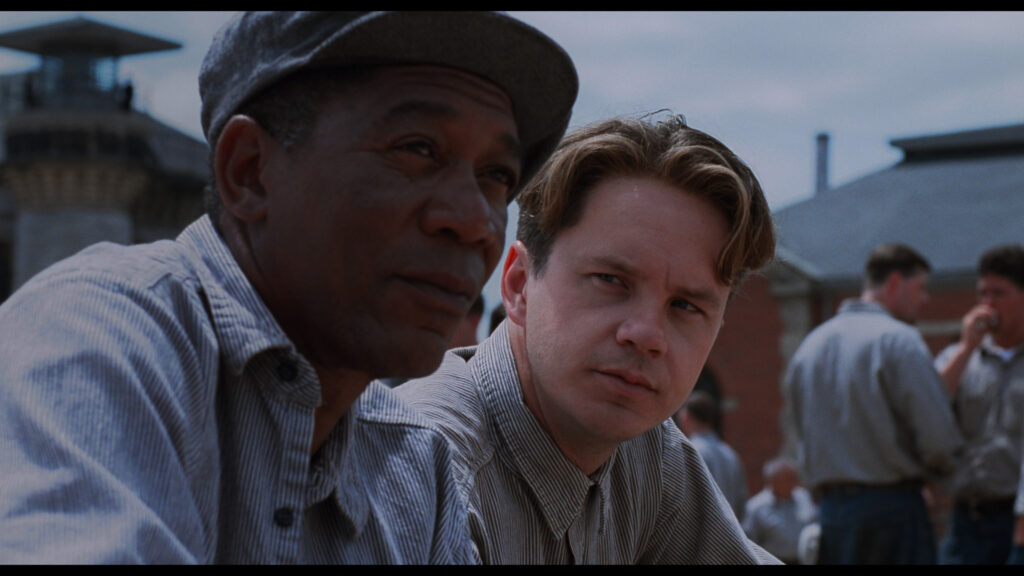
Red recognizes this strength in Andy, describing it as an “invisible coat” that shields him from the harsh reality of prison. It is Andy’s faith and morality that shield him in one of the most cynical places on earth, and it is this same act of kindness that ultimately protected him from the “Sisters.”
The Shawshank prison is a place where people become institutionalized, meaning they are conditioned to adopt moral relativism, where right and wrong are blurred. In such an environment, hope and faith are seen as dangerous ideas, discouraged because they challenge the bleak reality of their world.
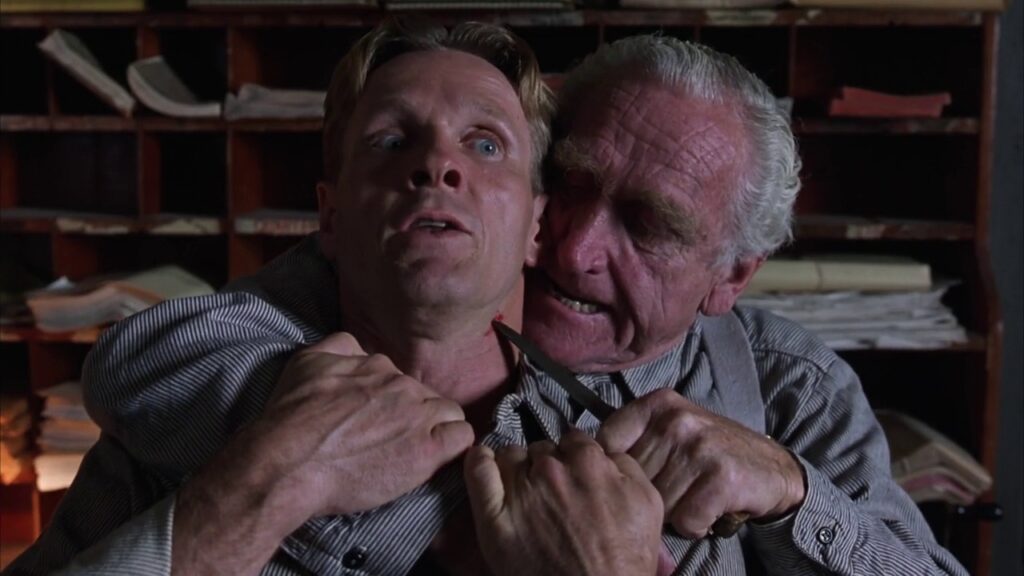
The system teaches them to abandon ideals and accept cynicism as a means of survival. The belief in something greater—whether it’s morality, hope, or faith—becomes risky because it threatens the status quo, offering a glimpse of freedom that the institution works to suppress.
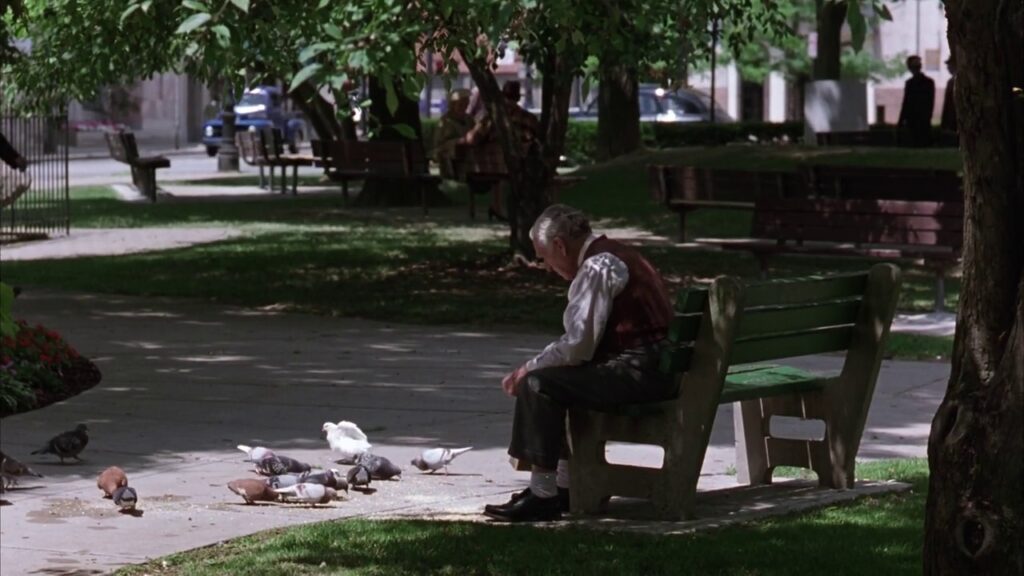
This setting not only strips away individuality and idealism but also erodes the very notions of purpose and meaning, convincing people that survival depends on detachment rather than striving for something better.
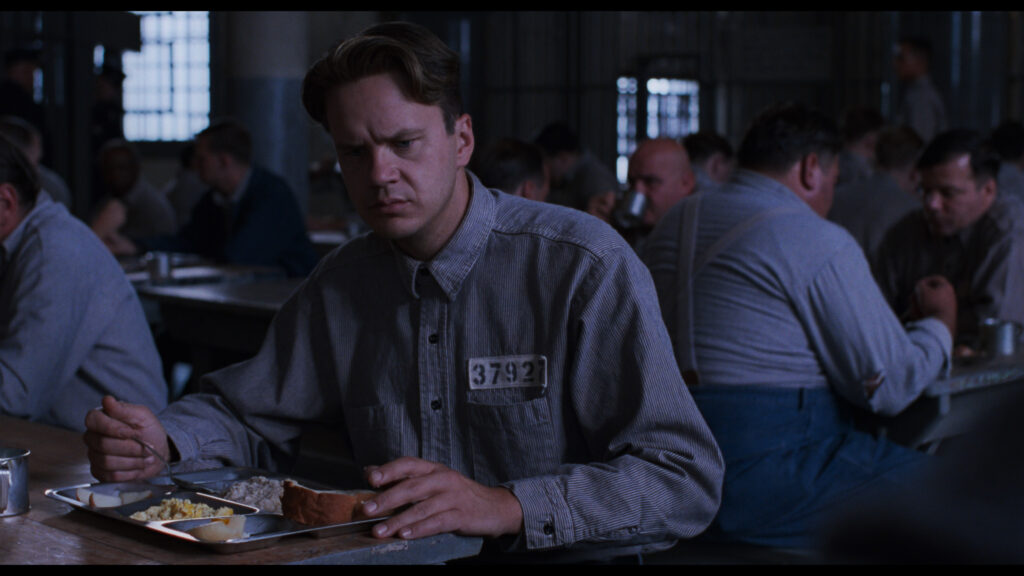
Holding onto hope or faith becomes an act of rebellion, defying the system’s insistence that such ideals are futile. It’s a place designed to break the human spirit by erasing the belief that goodness or redemption is possible.
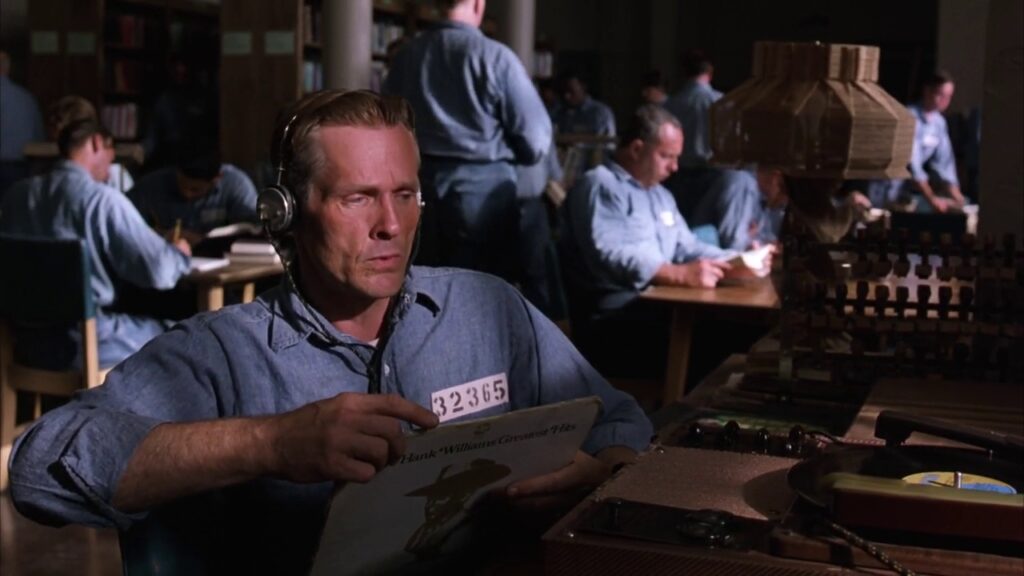
To combat this institutionalization, Andy dedicates his efforts on creating a library where prisoners can reconnect with their inner instincts through art. In a sense, art serves as a tool to foster unity and compassion among people, to help them connect with the universality of feelings, emotions, and beauty inherent in the human experience. It serves as a means to reconnect with our inner voice and sense of morality.
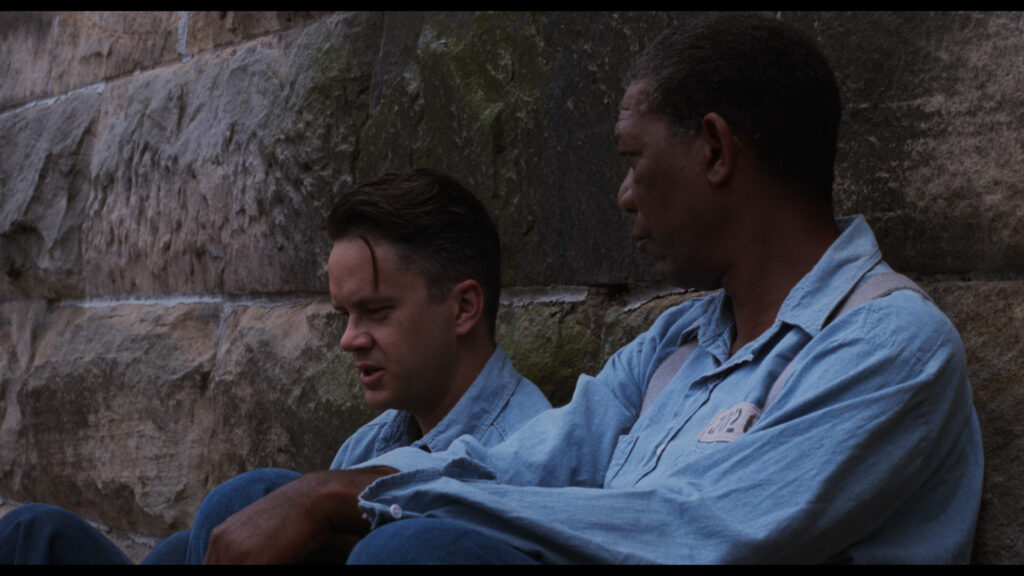
This story reminds us that faith and the grace of God reside within us. To be real, faith must persist even when life is crushing our souls. Maintaining faith and morality in a world filled with cynicism is one of the most beautiful things a person can achieve. Enduring injustice without succumbing to cynicism, and keeping grace and faith intact, is perhaps the greatest human accomplishment.
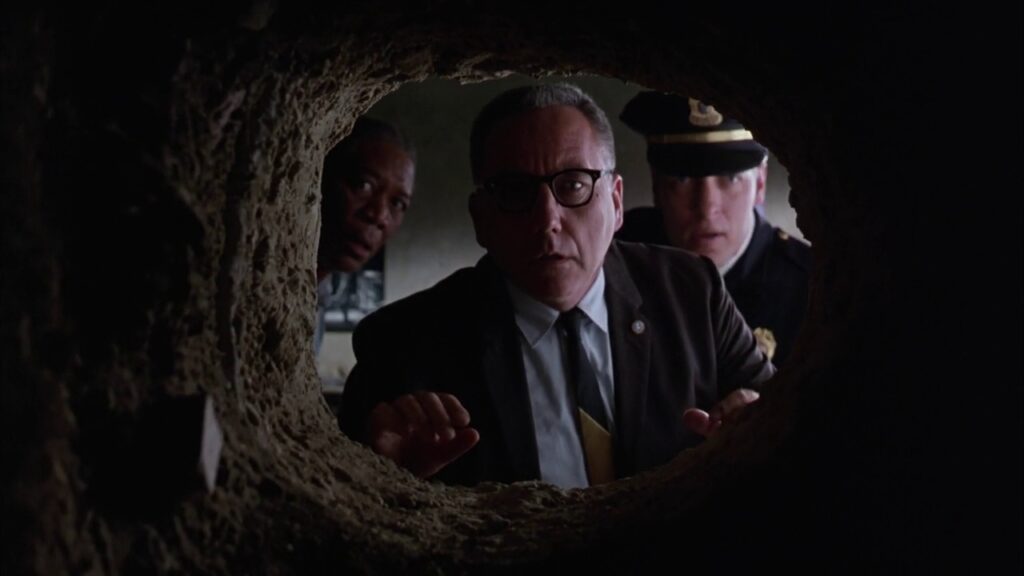
This story also serves as a reminder that faith is rooted in a sense of justice and karma. Everything immoral is, by definition, those actions that lead to one’s downfall or at least bring negative effects on one’s life. But immorality is also the quickest route to strip life of its meaning.
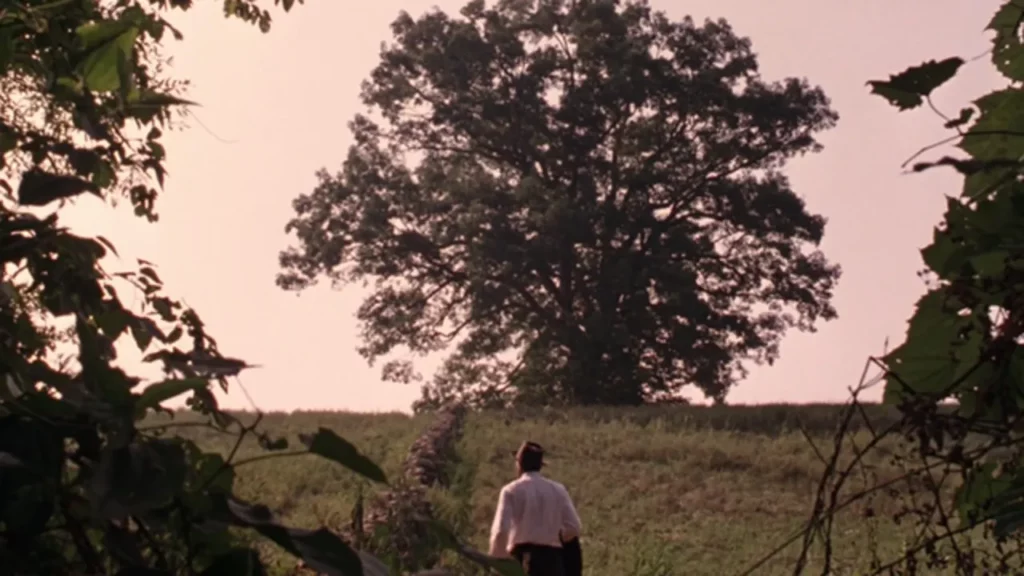
In the original soundtrack and theme, “Compass and Gun” symbolizes this idea : Get busy living or get busy dying. Faith can be seen as a moral compass, or a guiding star directed towards meaning, while the gun represents the act of killing—killing one’s inner voice, emotions, and instincts to become stoic and cynical.

“Get busy living” means that once you embrace morality and trust in God, you can be assured that, no matter the journey, you will reach the right destination. May it be wisdom, inner peace or redemption.
“Get busy dying” suggests that if you reject morality and become institutionalized, you are essentially already dead; even if you are released, you will struggle to find any meaning in life or any reason to stay alive, much like Brooks.
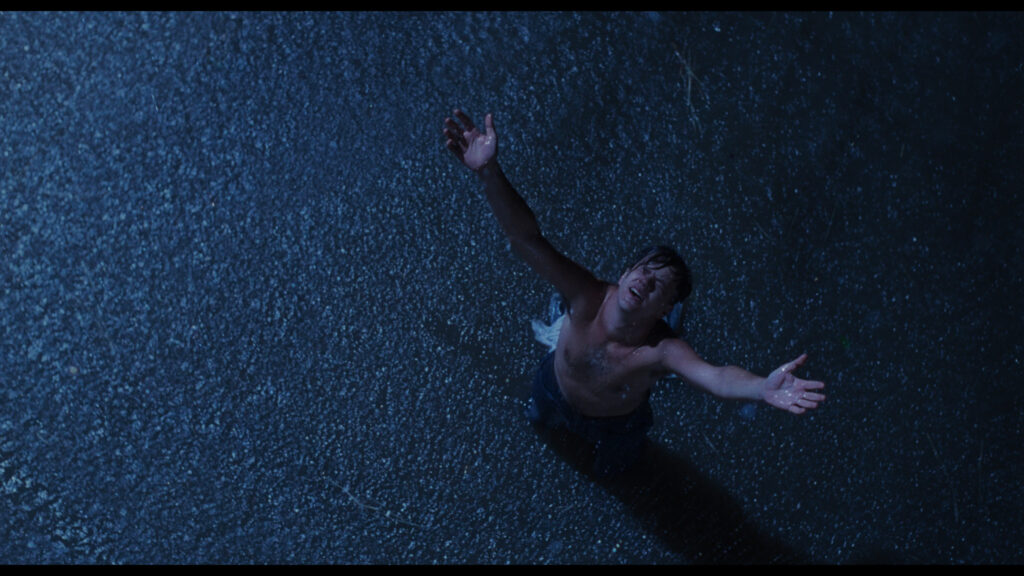
The Shawshank Redemption tells a powerful story of maintaining or rediscovering faith, even in the darkest circumstances. It resonates on an unconscious level because many of us live in a world where cynicism prevails, where people are trapped by their circumstances, and where daily injustices such as discrimination, modern form of enslavement or resentment are common.
The film reminds us that faith and grace are still within reach, no matter how dire our surroundings, and that there is always a path to escape such an environment—whether through physical means or spiritual resilience.
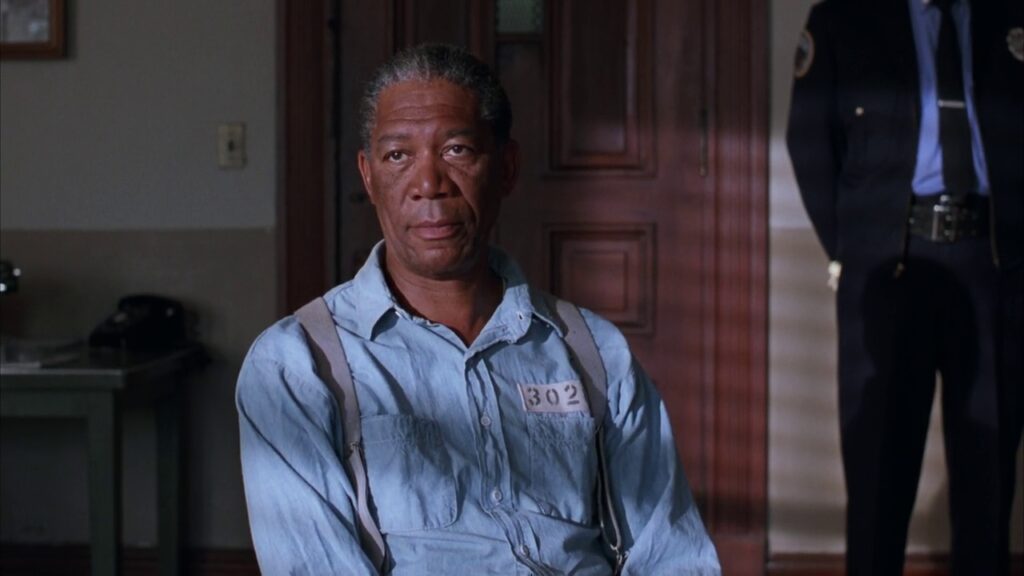
The character of Red shows us that once an individual sees through the institutions and their attempts to detach humans from their instincts for their own interests, they truly become free and authentic. Ultimately, these institutions are human creations that can easily be corrupted, as exemplified by the character of Norton, who pretends to be a man of faith and to be acting for the greater good—an approach that institutions often use to exploit us.
This is likely why authenticity and individuality are often valued more than blending in with the crowd or adopting a “zebra camouflage” to fit in with the herd.
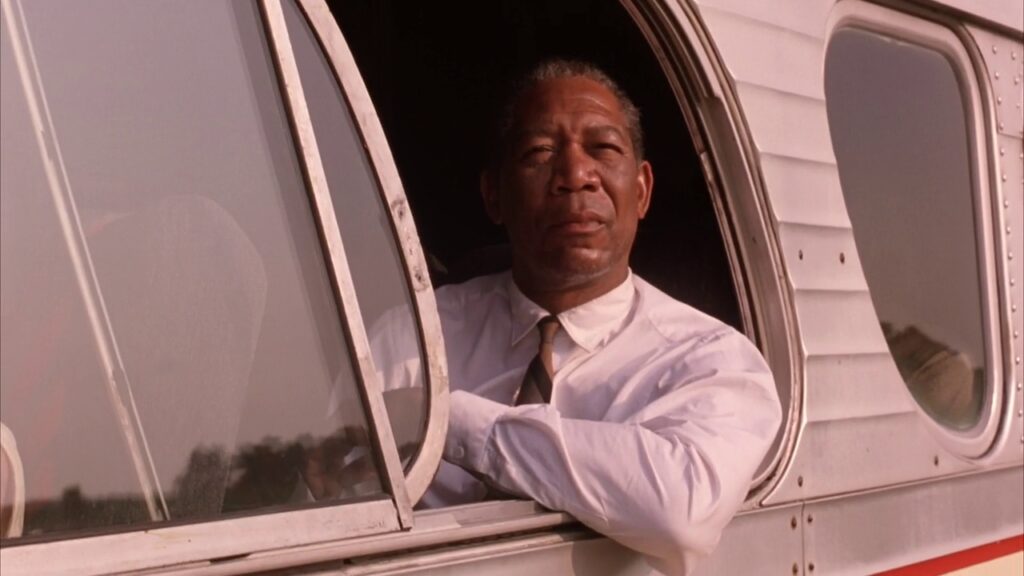
But true redemption, as the film suggests, is about reclaiming that lost faith. No matter how long someone has abandoned their faith or fallen into cynicism—even if they’ve committed horrible acts like murder—redemption is always possible. This is Red’s journey, as he is ultimately saved from his own sins by his friend Andy who has rekindled within him a sense of hope and perhaps wonder.

In conclusion, The Shawshank Redemption‘s faith and hope are not just themes but lifelines in a world designed to crush the human spirit. The film examines how, even in the harshest environments, upholding a sense of morality, kindness, and faith in something greater becomes the most profound act.
Andy’s unwavering faith, even in the face of institutionalization and cynicism, is a reminder that the human spirit can endure and thrive through acts of selflessness and hope. It is in the bleakest circumstances that faith holds the most power, proving that even in the darkest places, redemption and grace are within reach.
The movie urges us to hold onto hope and morality, even in a world that frequently undermines both, demonstrating that genuine strength is found in the steadfastness of faith.


GIPHY App Key not set. Please check settings